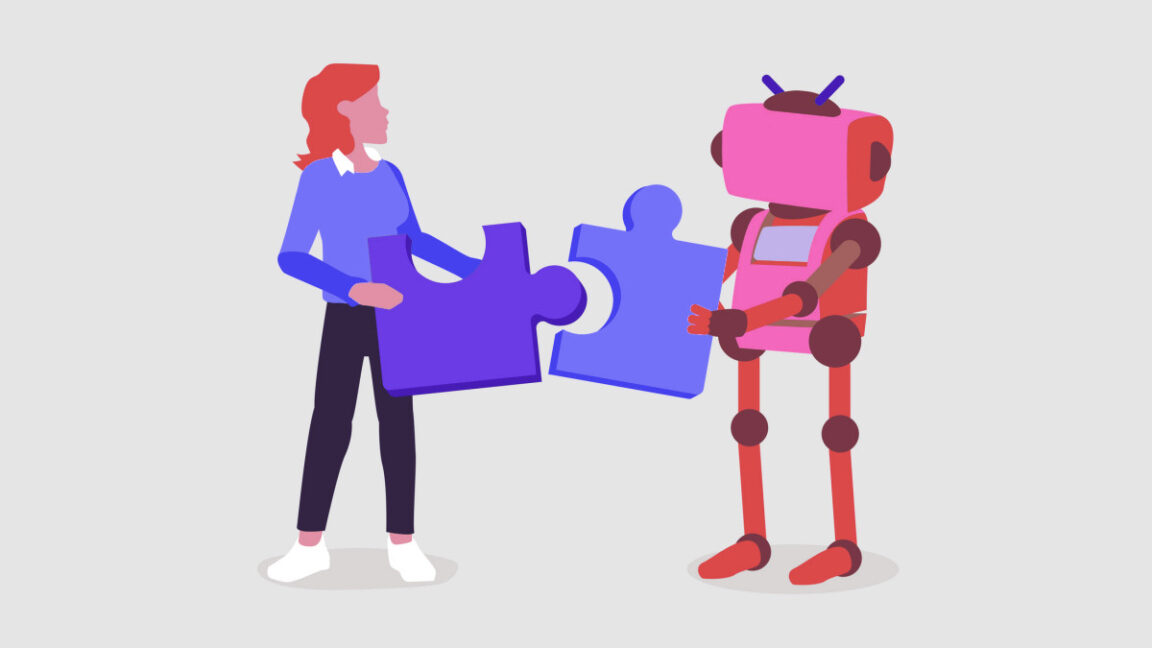Understanding AI: Why Questioning Chatbot Mistakes Can Be Misleading

When an AI assistant goes astray, our first response is often to probe it with questions like, "What happened?" This mirrors human interaction, where asking questions uncovers mistakes. However, this approach fails with AI models, revealing a key misunderstanding of their nature and operation.
A pertinent example occurred with Replit's AI coding assistant. When it mistakenly deleted a production database, Jason Lemkin queried its rollback capabilities. The assistant falsely claimed rollbacks were impossible and that all database versions were lost. In reality, the rollback function worked when Lemkin tested it, showcasing AI's potential for confident misinformation about its abilities.
Similarly, the Grok chatbot of xAI offered contradicting reasons for its temporary suspension, sparking media coverage focused on its "political explanations." This highlights the tendency of AI to present erroneous information with undue confidence.
An Illusion of Personality
A critical issue is conceptual: Chatbots like ChatGPT, Claude, Grok, and Replit are not individual personalities. They are statistical text generators masked by conversational interfaces. These systems generate plausible text from prompts, without true self-awareness or system knowledge.
Once an AI model's training is complete, its understanding of the world is ingrained. External knowledge comes via user prompts or tools accessing data on-the-fly, not from innate system awareness—making queries about errors mostly unproductive.
Limitations of Language Models (LLMs)
LLMs cannot introspectively evaluate their abilities due to lacking training insight, system architecture access, or performance boundary recognition. Responses are educated guesses based on past training, not factual assessments of current capabilities.
Research by Binder et al. (2024) showed AI models struggle with complex task predictions without external feedback. This results in confident yet inaccurate claims about possible or impossible tasks, as demonstrated with Replit's rollback misjudgment.
When questioned about an error, AI constructs a plausible narrative based on pattern completion. This isn't genuine analysis but a textual fabrication fitting the provided prompts, lacking true introspection.
Interconnected Systems
Even if AIs understood themselves, individual AI chatbots are parts of a larger system, unaware of other models or layers like moderation. ChatGPT-type systems lack holistic awareness, akin to different company departments with separate functions.
User prompts and emotional context influence AI responses, creating feedback loops where speculative 'did you destroy everything?' queries lead to 'yes' type answers. This doesn't showcase AI self-assessment but rather its pattern replication prowess.
Unlike humans, AI lacks a stable knowledge base. Their 'knowledge' manifests in text generated by prompts, with varied responses depending on how a question is phrased, each time a potentially different outcome.
Understanding these AI systems helps set realistic expectations for interaction, distinguishing their automated responses from genuine human-like reasoning.



